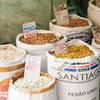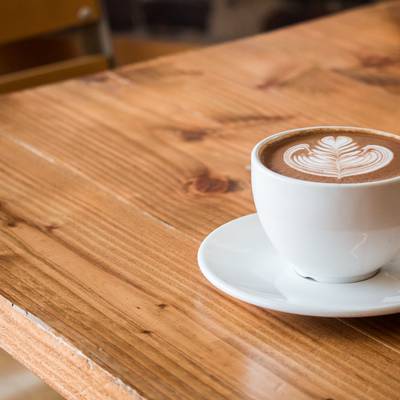General
Transport
People
Accomodation
Food & Drink
 What is the local food like in Portugal?
What is the local food like in Portugal?
 How much does the food cost?
How much does the food cost?
 What are some places to eat?
What are some places to eat?
 What local dishes to try in Portugal?
What local dishes to try in Portugal?
 What can I eat in Portugal as a vegetarian?
What can I eat in Portugal as a vegetarian?
 Can I drink tap water in Portugal?
Can I drink tap water in Portugal?
 What soft drinks are available?
What soft drinks are available?
 What alcoholic drinks to try while in Portugal?
What alcoholic drinks to try while in Portugal?
 What are the restrictions regarding alcohol consumption?
What are the restrictions regarding alcohol consumption?
 Where to buy alcohol in Portugal and how much does it cost?
Where to buy alcohol in Portugal and how much does it cost?
Sightseeing
Legal
Money
Safety & Health
Family travel

Is there a coffee and tea culture in Portugal?
For most Portuguese, coffee is not just an important part of daily life, it is a substance of such vitality as water or good wine. For breakfast, mid-morning snack, after lunch, mid-afternoon cake or after dinner coffee is always there. It is not uncommon to find someone that drinks 8 or 10 espressos a day and can still have a sound sleep at night. In some cases they need the coffee to sleep!
Portuguese coffee shops are simply called cafés. All these coffee shops also serve pastries like pastéis de nata (custard cups) and other sweet treats. This combination is actually the staple breakfast in Lisbon. Some other cafés also serve finger savoury food known as petiscos or salgadinhos.
The updated “normal” price for an espresso coffee is about 50 cents. Even with the pressure from all the new “imported” coffee shop/bakery/patisserie concepts in the big cities, where the same coffee can cost up to 3,5 EUR, you don’t have to walk far to find a place that serves coffee at this very “candid” price.
Portugal, being small market, it is more prone to monopolies than larger nations. This is why Delta Cafés is solely responsible for about 51% of the market share. Second comes Nicola with about 20 and the remaining 30% are distributed among small roasters like Sical and Fabrica.
Through Portugal, tea was introduced to Europe, so it’s no surprise the Portuguese love their tea, although perhaps not as much as their coffee. You can find many tea rooms and tea houses around big cities like Lisbon and Porto (Castella do Paulo, Confeitaria Nacional, Pastelaria Versailles).
The tea grown in Portugal is produced in the Azores. While green and black teas are plentiful across the region, the island of São Miguel also offers its own unique variety: purple volcanic tea. At Chalet de tia Mercês, a tea shop in Furnas, brewers use a tap specially connected to a volcanic spring to pour naturally hot water for this violet tea. The brew’s color is due to a chemical reaction between the antioxidants in the tea and unoxidized iron in the spring water, which makes the resulting mixture refract light to a luminous purple. The flavor is earthy, with clay-like notes.

Where to buy alcohol in Portugal and how much does it cost?

What soft drinks are available?

How do I use ATMs in Portugal?

Can I drink tap water in Portugal?

What am I allowed to take with me to Portugal?
